[content_slider]
[content_slide]
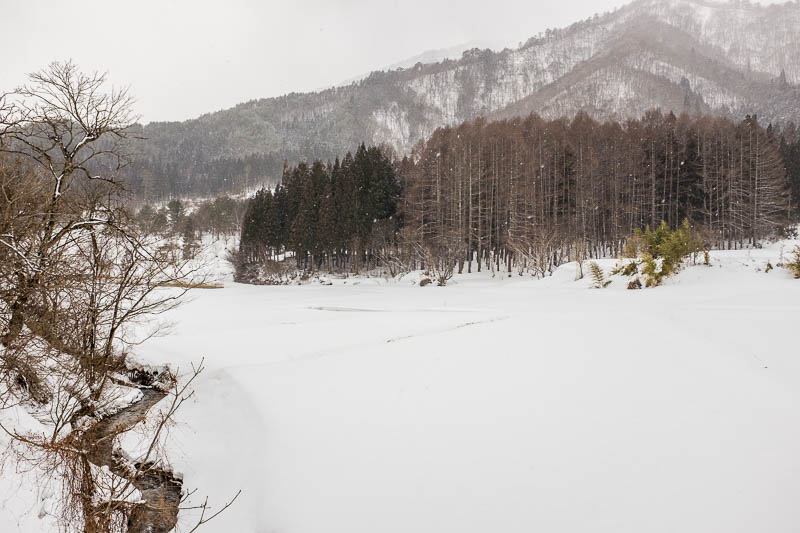
[/content_slide]
[content_slide]
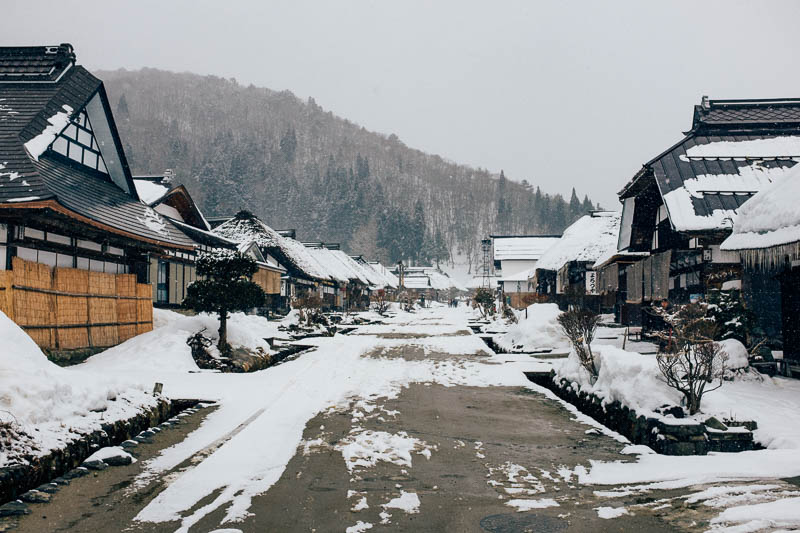
[/content_slide]
[content_slide]
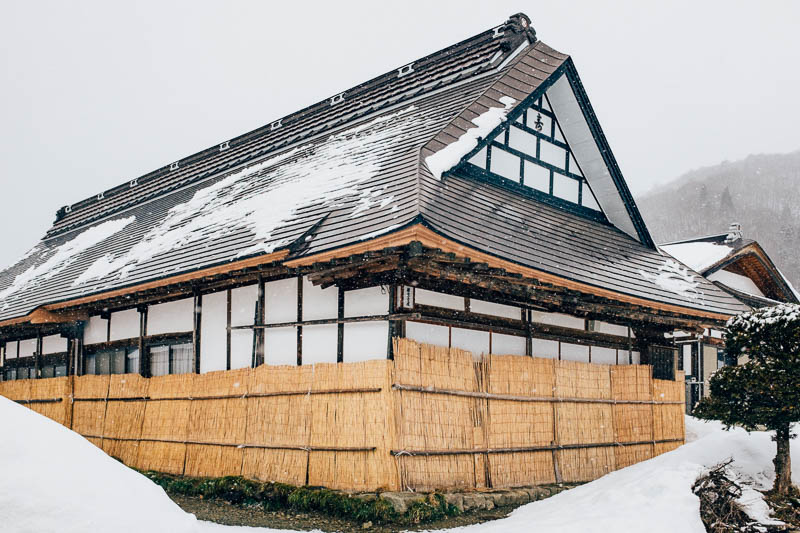
[/content_slide]
[content_slide]
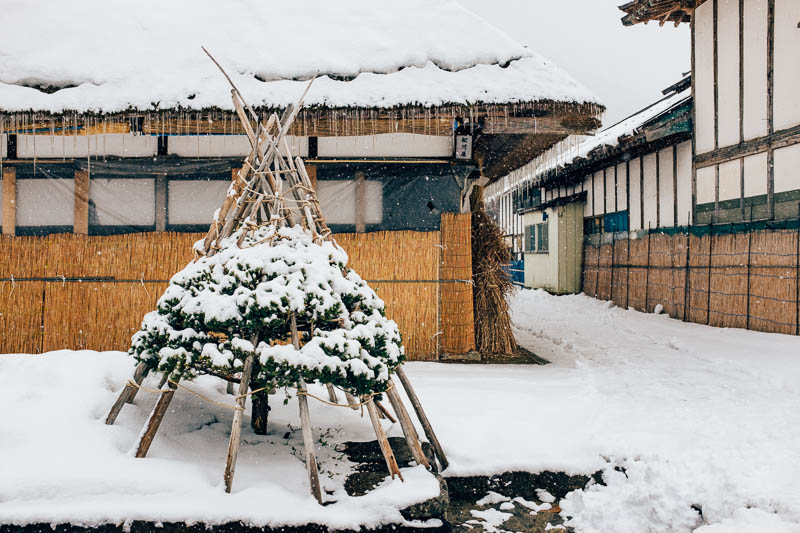
[/content_slide]
[content_slide]
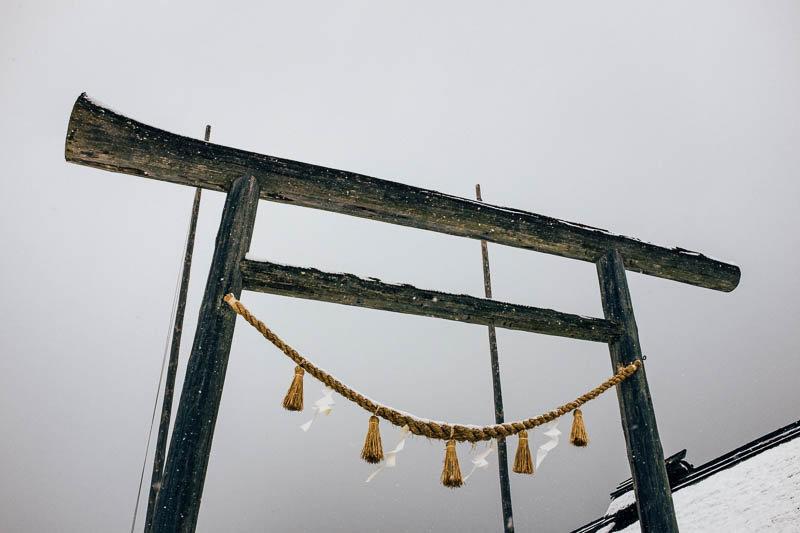
[/content_slide]
[content_slide]
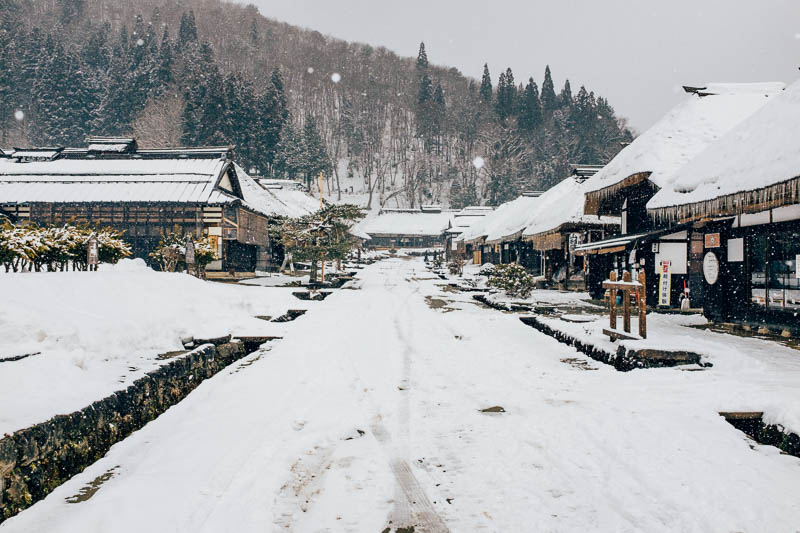
[/content_slide]
[content_slide]
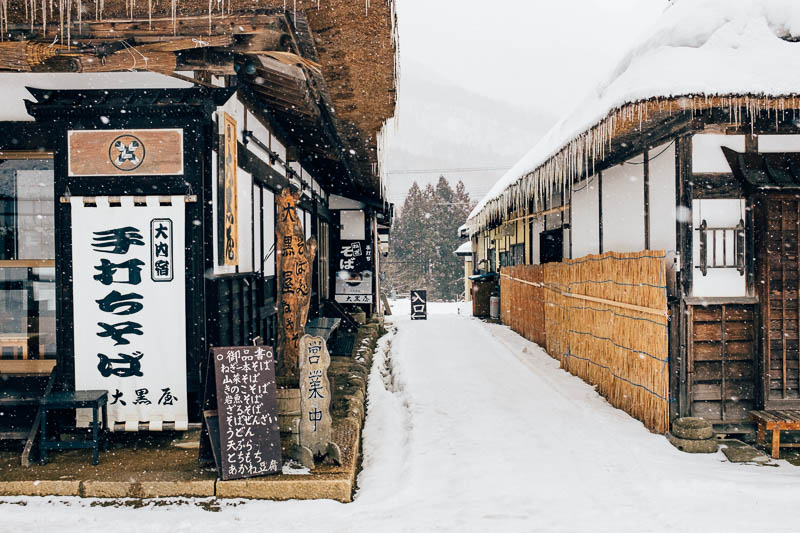
[/content_slide]
[content_slide]
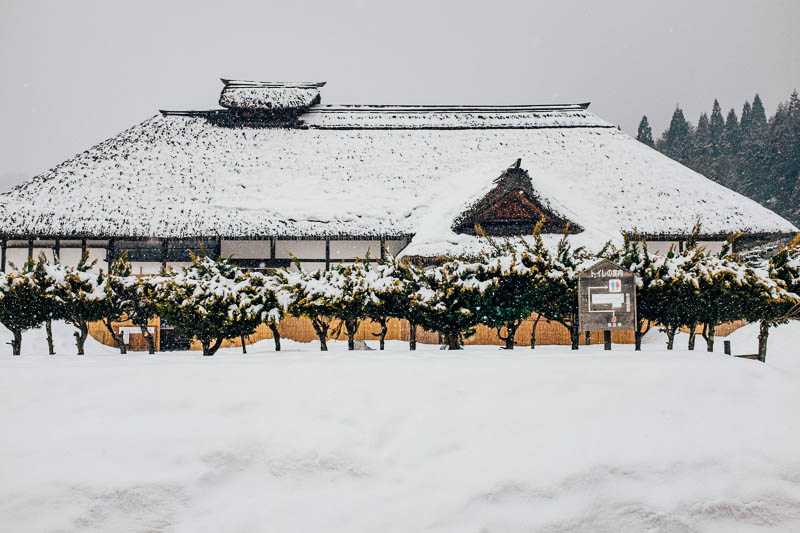
[/content_slide]
[content_slide]
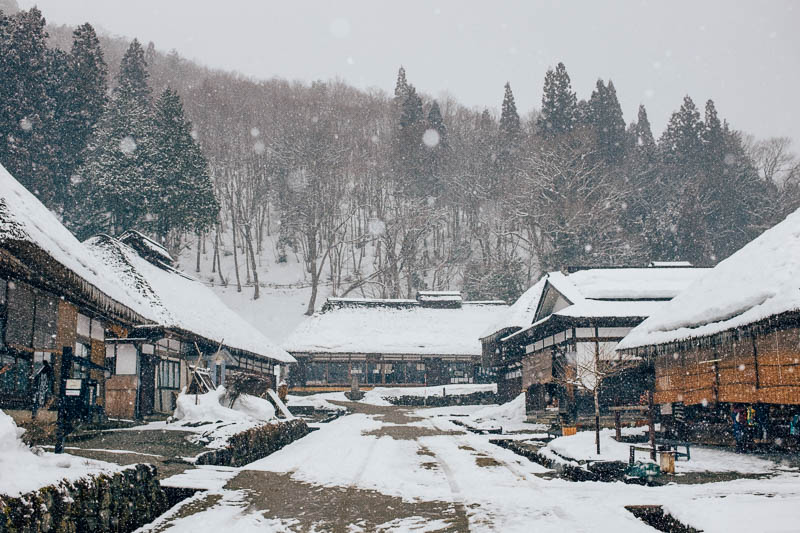
[/content_slide]
[content_slide]
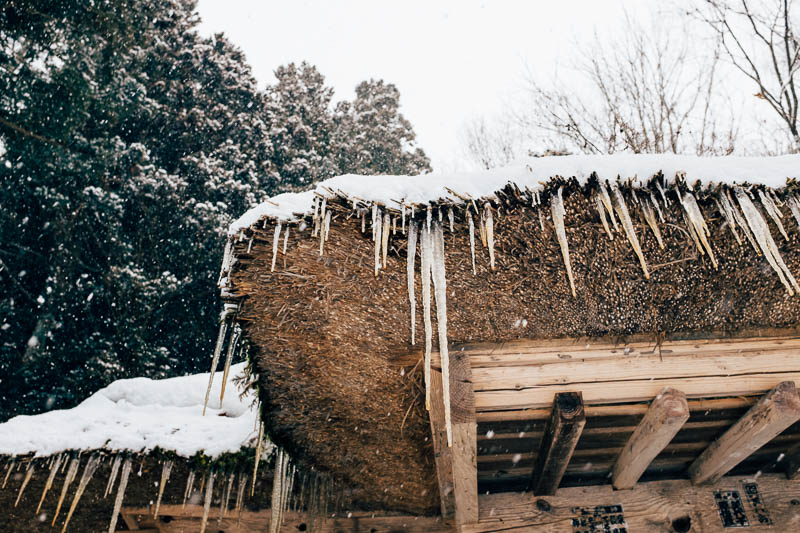
[/content_slide]
[content_slide]
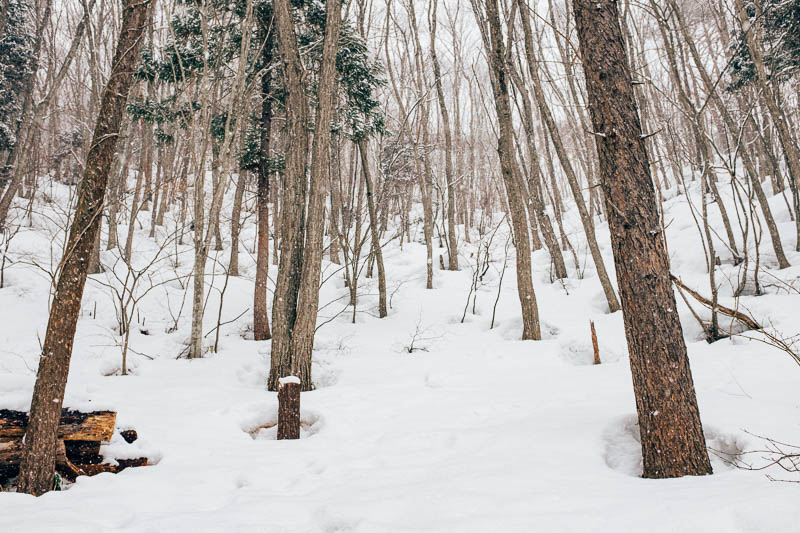
[/content_slide]
[content_slide]
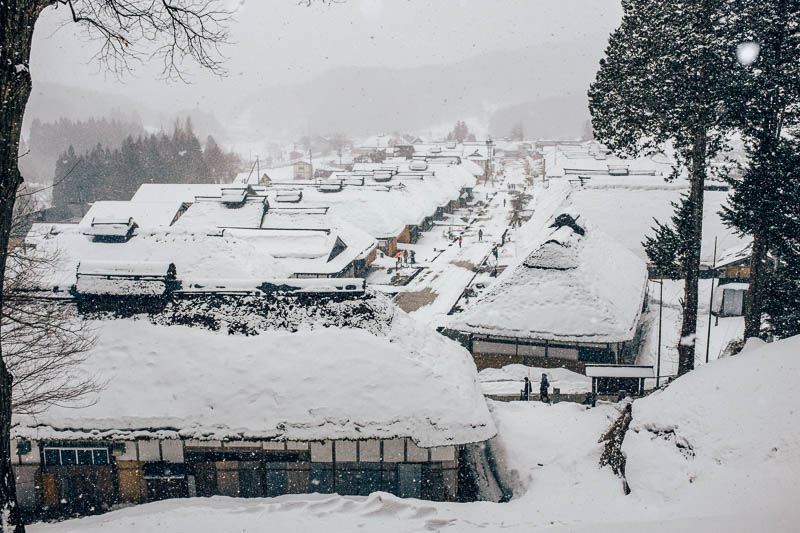
[/content_slide]
[content_slide]
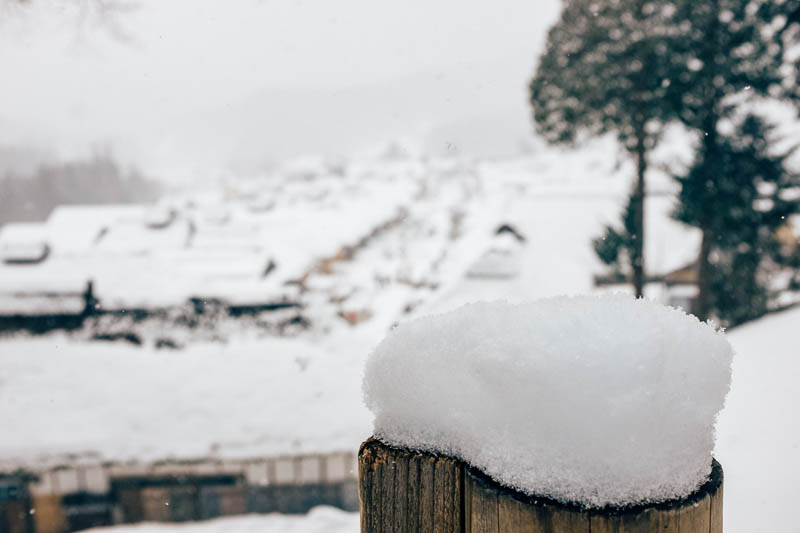
[/content_slide]
[content_slide]
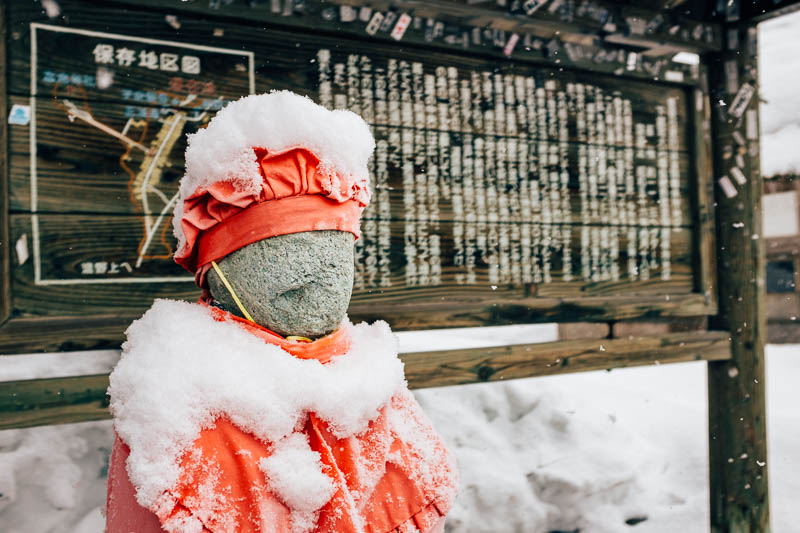
[/content_slide]
[content_slide]
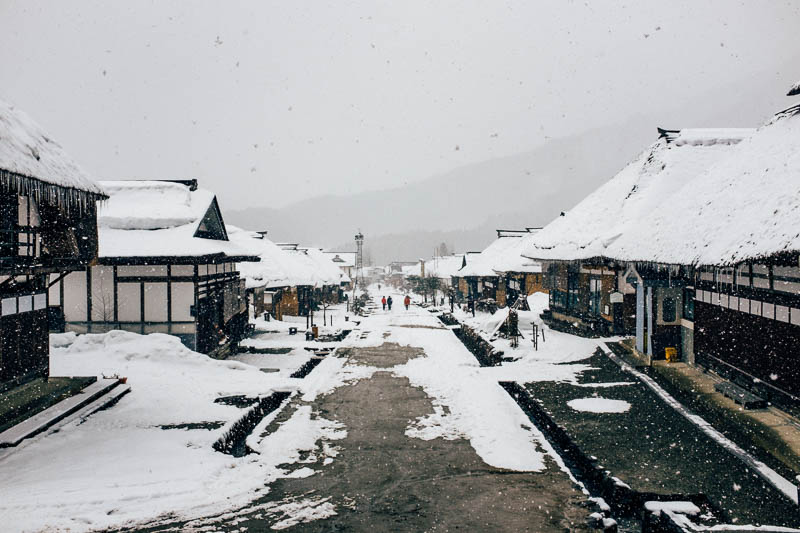
[/content_slide]
[/content_slider]
SHIMOGO | Ouchi-juku is a former post town which connected the towns of Aizu and Nikko during Japan’s Edo Period (1603 and 1868). The purpose of towns like Ouchi-juku was to provide travellers with a place to rest, eat, and lodge while making their long journeys, often by foot due to restrictions put in place by the shogunate. At its peak it was one of the most important post towns on this route, which was the main route for the periodic move by daimyo (feudal lords) between Edo (Tokyo) and their domains, and for the transportation of rice.
During the Meiji period (1868 to 1912), new, improved national transportation routes were constructed throughout Japan, and the importance of post towns like Ouchi-juku waned. In the process of becoming somewhat forgotten, many of the traditional buildings in the town remained, and in 1981, Ouchi-juku was designated as an Important Preservation District for Groups of Traditional Buildings. The buildings were restored and today the town looks much as it did during the Edo period, with the thatched roof houses that line the main street acting as restaurants, shops, and minshuku (small traditional Japanese inns).
There is a small shrine and temple at the end of the main street which gives visitors a fantastic view of Ouchi-juku and its natural surrounds. While visiting, make sure to try out some of the local delicacies like negi soba, miso marniated grilled sardines, and manjū at Misawaya and Asanuma Shokudou.
Ouchijuku is located in Shimogo Town, about 20 kilometers south of Aizuwakamatsu. The nearest railway station is Yunokami Onsen on the Aizu Railroad (about 35 minutes from Aizu Wakamatsu Station), which is a 15 minute taxi ride from town. From April to November, a bus operates between Yunokami Onsen and Ouchi-juku about once per hour (20 minute drive).
Ouchi-juku
Ōuchi, Shimogo
Minamiaizu District
Fukushima Prefecture 969-5207
Japan

